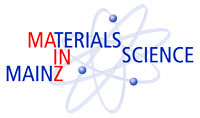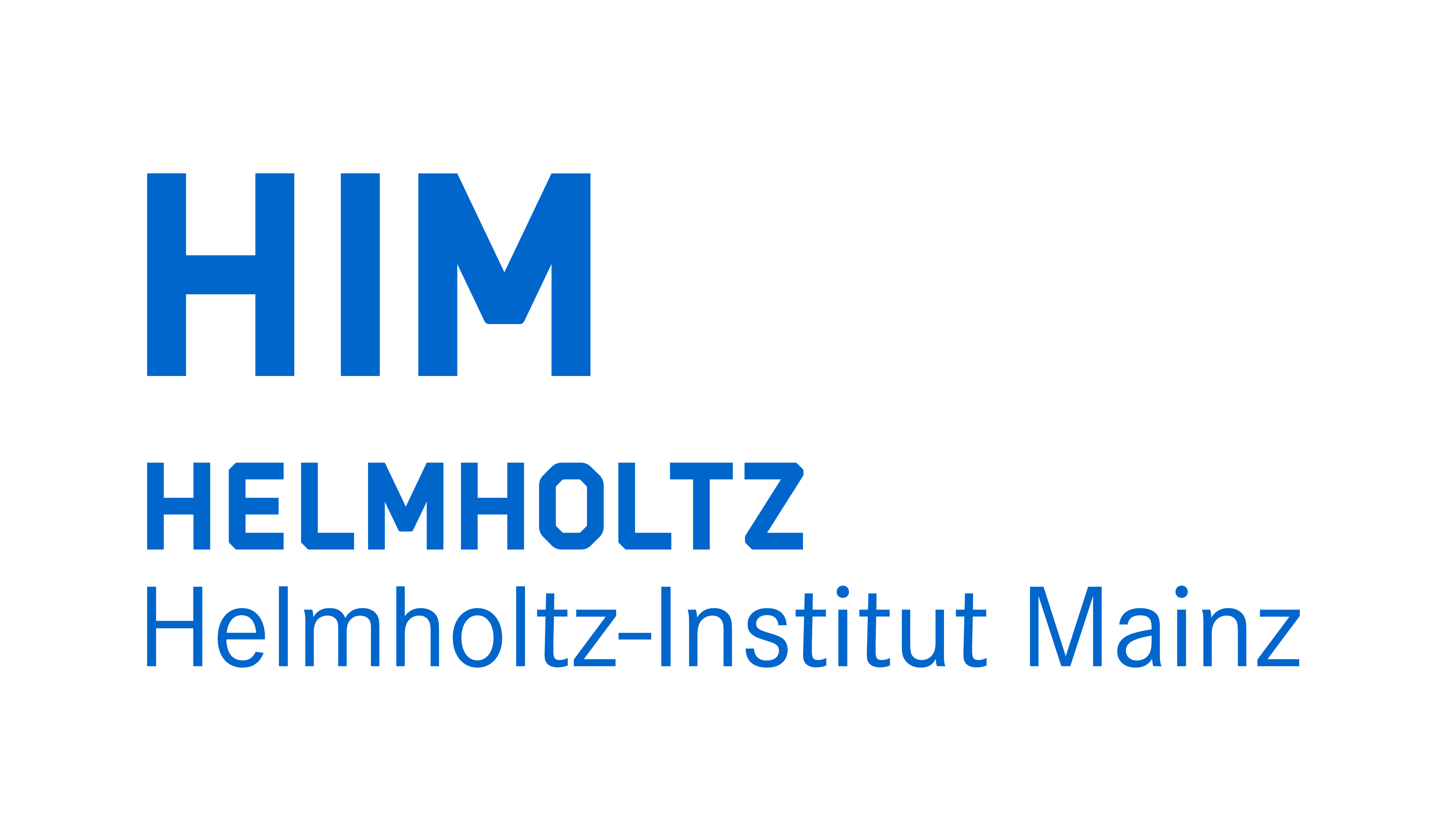


Physikalisches Kolloquium
April 24, 2012 at
5 p.m. c.t.
in
Hörsaal des Instituts für Kernphysik, Becherweg 45
Prof. Dr. Friederike Schmid
Institut für Physik
friederike.schmid@uni-mainz.de
Prof. Dr. Hartmut Wittig
Institut für Kernphysik
hartmut.wittig@uni-mainz.de
Radiocarbon Dating Coming of Age
Prof. Dr. Walter Kutschera (Vienna Environmental Research Accelerator (VERA), Fakultät für Physik der Universität Wien)
This year we are celebrating the centenary of the discovery of cosmic rays by Victor Franz Hess, which earned him the 1936 Nobel Prize in Physics. Some 10 years later Willard Libby started to study atmospheric radiocarbon (C-14), arguably the most useful product of cosmic-ray interactions on Earth. Libby received the 1960 Nobel Prize in Chemistry “for his method to use carbon-14 for age determination in archaeology, geology, geophysics, and other branches of science.” After many years of detecting C-14 through its feeble radioactive decay from sample sizes of several grams carbon, the development of accelerator mass spectrometry (AMS) in the late 1970s reduced the required sample size by a factor of thousand. In recent years this has been pushed down by another factor of thousand into the microgram realm (1 µg of live organic carbon still contains 60,000 C-14 atoms). These developments led to a large expansion of C-14 applications.
Radiocarbon dating depends on knowing the initial C-14 content, which is calibrated by measuring C-14 in samples of known age (e.g. tree rings). However, the natural variations of C-14 (wiggles) traced by the global dendro-calibration curve limits the precision of absolute dates. The use of Bayesian modeling can significantly improve the precision if reasonable a priori assumptions about the temporal order of a sequence of samples can be made.
In this talk I will cover both recent methodological developments and a variety of applications. In most applications C-14 is used as a natural product of cosmic-ray interactions in the atmosphere. An entirely different source of C-14 arose from the atmospheric nuclear weapons testing program in the 1950s and 1960s. By 1963 the C-14 content of the atmosphere had doubled, when the superpowers decided to ban nuclear tests in the atmosphere. Since then, the transport of C-14 into the biosphere and the ocean resulted in a rapid decrease of atmospheric C-14. By now we are almost back to “normal”. I will also discuss the use of this so-called C-14 bomb peak for some unique investigations.